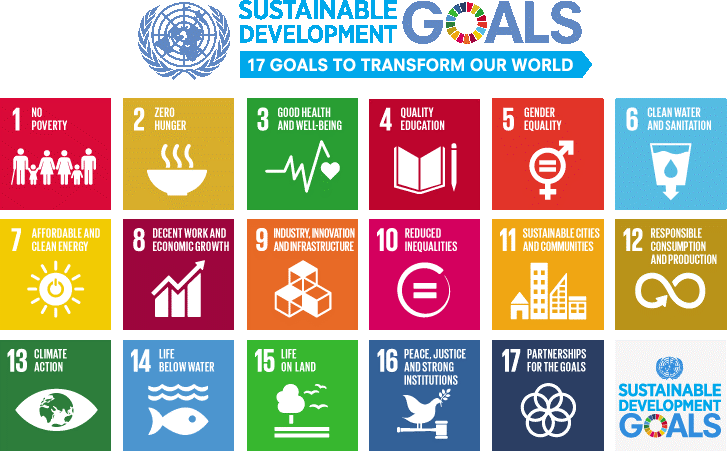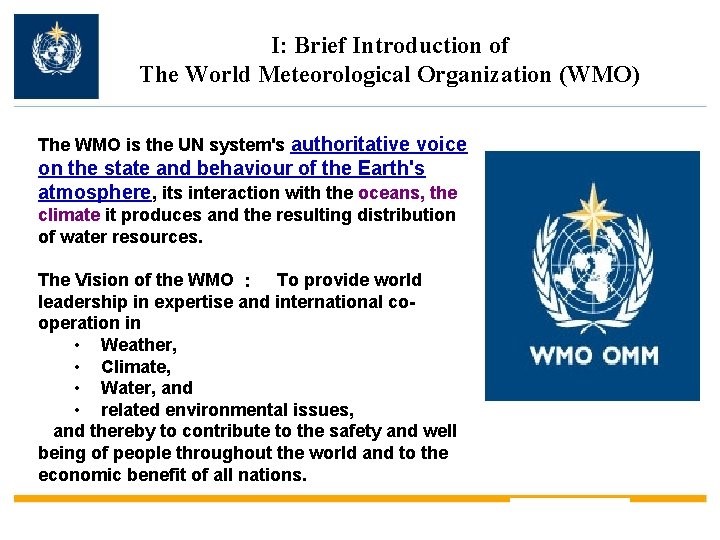Description

Disclaimer: Copyright infringement not intended
Context: The rising concentration of carbon dioxide (CO2) will impact all of the 17 United Nations-mandated Sustainable Development Goals (SDGs), according to a report released by the World Meteorological Organization (WMO.
Key highlights of the report:
- WMO studied seven climate indicators — CO2 concentration, temperature, ocean acidification and heat, sea ice extent, glacier melt and sea-level rise
- Rising CO2 concentration due to human activities was found as a key driver of global climate change.
- It pointed that rising CO2 concentration and increasing global temperatures, would negatively impact efforts to combat climate change under the SDG 13.
How Co2 will impact SDG?
- Uncontrolled rising CO2 emissions would be indirectly responsible for risks related to the remaining six climate indicators, namely temperature, ocean acidification and heat, sea ice extent, glacier melt and sea-level rise.
- For instance, rising concentrations of CO2 in atmosphere will lead to reductions in nutrient content, affecting food security or the SDG indicator 2.1.2.
- Rising CO2 in water would cause ocean acidification, directly affecting SDG indicator 14.3.1 which addresses marine acidity.
- This would affect the global goal on tackling poverty, SDG 1. For example, significant changes or losses in marine biodiversity due to rising acidity will reduce fishing yields, potentially leading to reduced or diminished livelihoods (SDG target 1.4)
- This would also result in food insecurity (SDG indicator 2.1.2), particularly in low-income and rural areas dependent on local catch.
- Both food insecurity and loss of livelihood may drive conflicts related to resource management, thus threatening regional peace and stability (SDG 16.1).
- Thus, ocean acidification caused by rising CO2 may threaten progress of several SDGs besides the SDG 14 about life below water.
- Extreme events attributed to rising temperature affect rainfall patterns and groundwater availability.
- This leads to a higher risk of water scarcity, directly affecting SDG 6 on access to water and specially the targets 6.1 and 6.4.31.
What can be done?
- The WMO recommended improved education (SDG 4), global partnerships (SDG 17) and sustainable consumption (SDG 12) to mitigate climate risks.
About WMO:

https://www.downtoearth.org.in/news/climate-change/rising-co2-concentration-threatens-all-17-sdgs-says-wmo-report-79175
















